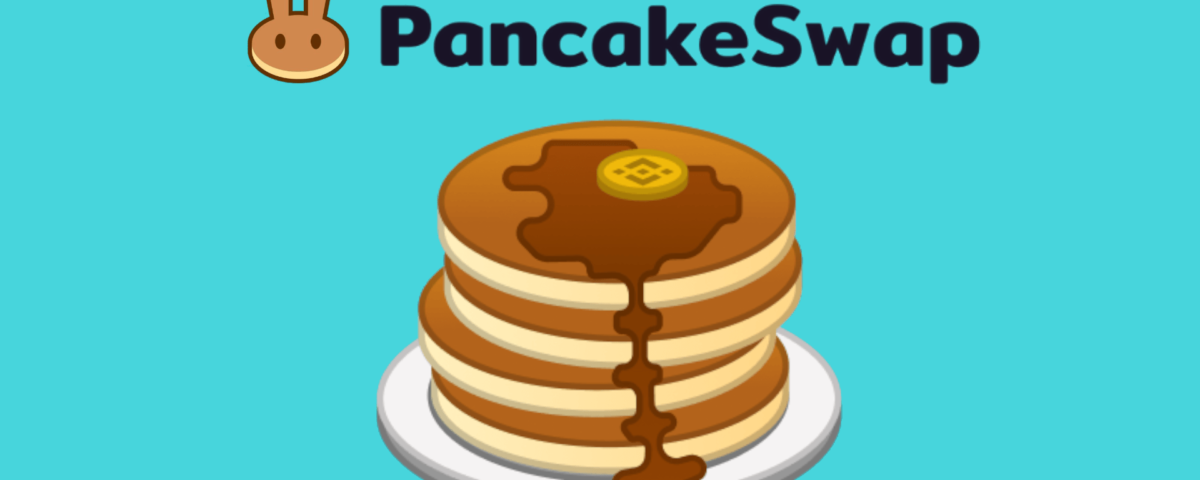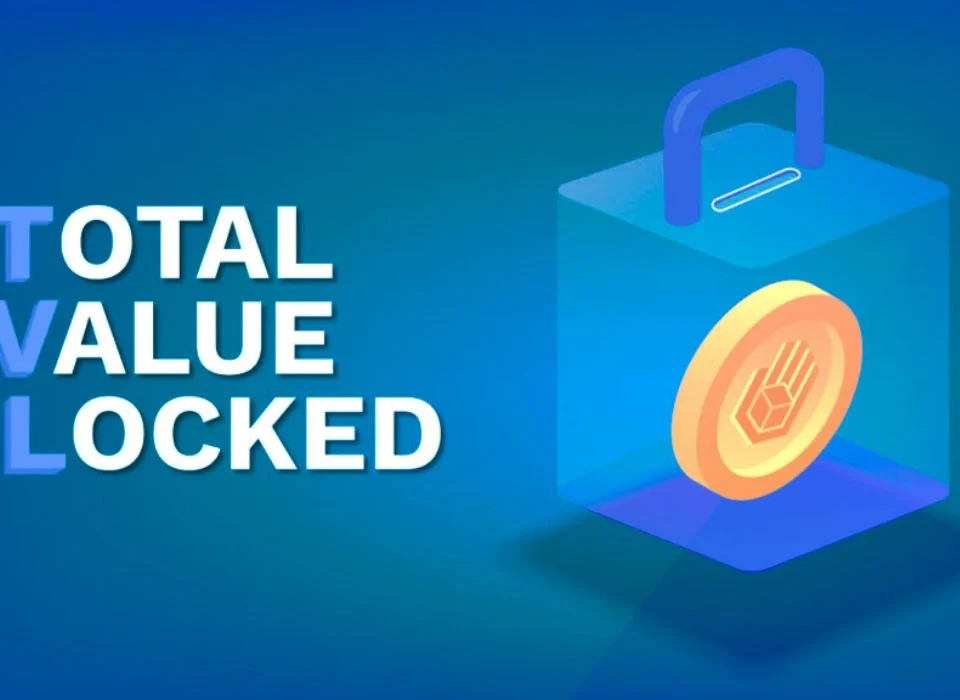
How to Earn Passive Income with Cryptocurrencies
09/10/2024
What Is Total Value Locked (TVL) in Cryptocurrency?
19/10/2024PancakeSwap: What It Is and Its Future Prospects
PancakeSwap has emerged as one of the most popular decentralized exchanges (DEXs) on the Binance Smart Chain (BSC). At its peak, it captured the attention of both investors and traders, offering fast and low-cost transactions compared to Ethereum-based platforms. However, like many other projects in the cryptocurrency space, PancakeSwap has seen significant price drops and volatility. In this article, we’ll dive deep into what PancakeSwap is, its current situation, its highest valuation, reasons for the price drop, and a realistic outlook on its future.
What is PancakeSwap?
PancakeSwap is a decentralized exchange (DEX) built on the Binance Smart Chain (BSC) that allows users to swap tokens, provide liquidity, and earn rewards through yield farming. It operates using an automated market maker (AMM) model, which means it relies on liquidity pools rather than a traditional order book to execute trades.
Unlike centralized exchanges (CEXs) like Binance or Coinbase, PancakeSwap doesn’t require users to sign up or trust the platform with their funds. Instead, users connect their cryptocurrency wallets, such as MetaMask or Trust Wallet, directly to the DEX and engage in trading or yield farming.
Key Features of PancakeSwap:
- Token Swapping: PancakeSwap allows users to trade BEP-20 tokens on the Binance Smart Chain.
- Liquidity Provision: Users can provide liquidity by pairing two tokens in a liquidity pool and earn trading fees from swaps.
- Yield Farming: Users can stake liquidity pool (LP) tokens to earn CAKE, PancakeSwap’s native governance token.
- Staking and Syrup Pools: PancakeSwap also offers staking options for CAKE holders, allowing them to earn rewards through various pools.
PancakeSwap gained popularity during the DeFi (Decentralized Finance) boom for offering significantly lower transaction fees compared to Ethereum-based DEXs like Uniswap. With its user-friendly interface, it became a favorite for newcomers to DeFi and for those looking to escape Ethereum’s high gas fees.
The Price Journey of PancakeSwap
Peak Value:
At the height of the DeFi craze in early 2021, PancakeSwap (CAKE) saw massive price appreciation, reaching its all-time high of $44.18 in April 2021. This surge was driven by the platform’s rapid growth, increasing total value locked (TVL), and the hype surrounding DeFi as a whole.
Current Price:
As of now, PancakeSwap (CAKE) is trading at around $1.20 to $1.30 (depending on the day’s fluctuations). This represents a massive decline from its peak value. The downward trend has left many investors and traders wondering why the price has dropped so significantly and what the future holds for PancakeSwap.
Why Has PancakeSwap Dropped in Value?
1. Market-Wide Crypto Correction
The cryptocurrency market as a whole experienced a significant correction in 2022, with many major assets losing over 60% of their value. PancakeSwap was not immune to this macroeconomic downturn. Factors such as rising inflation, interest rate hikes, and global uncertainty (including geopolitical tensions) led to a broader market sell-off.
Investors who initially poured money into the DeFi space were now risk-averse, pulling out funds from platforms like PancakeSwap in favor of more traditional and stable assets.
2. DeFi Fatigue
The DeFi market had an explosive run in 2020 and early 2021, with many projects seeing astronomical gains. However, as with any market bubble, enthusiasm cooled, and PancakeSwap, along with other DeFi platforms, saw a decline in both user activity and total value locked (TVL). This “DeFi fatigue” came from over-saturation in the market, regulatory concerns, and the realization that the promised returns from yield farming were unsustainable in the long term.
3. Increased Competition
While PancakeSwap was a standout platform on the Binance Smart Chain, competition in the DEX space has grown. Newer decentralized exchanges, along with Layer-2 solutions on Ethereum like Arbitrum and Optimism, offer fast and cheap transactions, drawing away users from PancakeSwap. Additionally, other blockchains like Avalanche, Solana, and Polygon have gained traction, fragmenting the DeFi user base.
4. Token Inflation and Emissions
PancakeSwap’s CAKE token has an inflationary supply. New CAKE tokens are continually minted as rewards for yield farmers and liquidity providers. While this model worked well during periods of rapid growth, it has since contributed to selling pressure on CAKE, as users are rewarded with tokens and immediately sell them for other assets.
In response to this issue, the PancakeSwap team has implemented token-burning mechanisms to counteract the inflation, but it hasn’t been enough to prevent the price from declining significantly.
5. Decreasing Trading Volume
A significant portion of PancakeSwap’s revenue comes from trading fees generated on the platform. As trading volumes decreased across the board due to market conditions, PancakeSwap’s profitability and liquidity incentives diminished, putting further pressure on the value of CAKE.
PancakeSwap’s Future: What Lies Ahead?
The question on every investor’s mind is: Can PancakeSwap bounce back from this significant price decline, or is its golden age behind it?
1. Innovation and Upgrades
One of the things PancakeSwap has going for it is the team’s continuous development efforts. In 2022, PancakeSwap launched its Version 3 (V3) update, which included improvements in liquidity provision, lower slippage, and more flexible trading options for users. These kinds of updates keep PancakeSwap competitive in a fast-evolving market.
Moreover, PancakeSwap’s multi-chain strategy allows it to expand its ecosystem beyond Binance Smart Chain, providing opportunities for growth on other blockchains.
2. Sustainability in Yield Farming
PancakeSwap’s future will largely depend on its ability to attract and retain users in a more sustainable manner. The days of 1000% annual percentage yields (APY) are long gone, and PancakeSwap needs to offer attractive yet realistic returns to keep its user base active without overly inflating its token supply.
To counteract inflationary pressure, the team is focused on implementing more aggressive token-burning strategies. If these efforts succeed, it could improve the tokenomics of CAKE and stabilize its value over time.
3. Competing with Layer 2 Solutions
The rise of Ethereum Layer 2 solutions like Arbitrum and Optimism poses a real challenge for Binance Smart Chain-based projects. These Layer 2s offer cheaper transaction fees and are backed by the robust security of the Ethereum network. PancakeSwap will need to continuously differentiate itself by offering unique products, better incentives, or superior user experiences to retain its competitive edge.
4. Regulatory Challenges
Like many DeFi platforms, PancakeSwap faces potential regulatory challenges. Governments around the world are increasingly scrutinizing decentralized finance, and new regulations could impact how DEXs operate, especially in terms of KYC (Know Your Customer) requirements, anti-money laundering (AML) compliance, and more. How PancakeSwap navigates this regulatory environment will play a key role in its future growth.
5. Evolving Market Sentiment
While the overall market sentiment towards DeFi has cooled off, PancakeSwap still has a large and dedicated user base. If the broader crypto market experiences a resurgence, platforms like PancakeSwap could see renewed interest, especially as users return to decentralized exchanges to avoid the risks of centralized platforms (as seen in the collapse of platforms like FTX).
Conclusion: What’s the Outlook for PancakeSwap?
PancakeSwap has faced significant challenges over the past year, from macroeconomic conditions to token inflation and increased competition. Its future success will depend on its ability to innovate, sustain user growth, and navigate a more regulated and competitive landscape.
While it’s unlikely that PancakeSwap will see the same meteoric rise in value that it experienced in early 2021, it remains a significant player in the DeFi ecosystem. With ongoing development, more efficient tokenomics, and the potential for multi-chain expansion, PancakeSwap could recover and stabilize, though investors should temper their expectations in terms of short-term price gains.
For now, the days of $44 CAKE might be in the past, but its current valuation still presents potential upside for those willing to invest in the long-term vision of the project. However, like all investments in the crypto space, it comes with risks, and investors should remain vigilant and informed.



